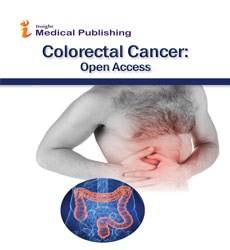The Effect of Achillea wilhelmsii extract on expression of the human Telomerase Reverse Transcriptase (hTERT) mRNA in prostate cancer PC3 cell line
Hosniye Amini
Tehran University, Iran
Received Date: 2022-05-13 | Accepted Date: 2022-05-20 | Published Date: 2022-05-27Visit for more related articles at Colorectal Cancer: Open Access
Abstract
Received Date: May 13, 2022 Accepted Date: May 20, 2022 Published Date: May 27, 2022
Materials and methods: First, the traditional textbooks were reviewed to generate a list of animal products described as ingredients. Second, animal parts that are currently used in Bhutan were identified. Third, the ethnopharmacological uses of each animal ingredient were translated into English medical terminologies by consulting Traditional Physicians, clinical assistants, pharmacognosists, and pharmacists in Bhutan. Fourth, the animal parts were taxonomically identified and their Latin names were confirmed by crosschecking them with online animal databases and relevant scientific literature
Select your language of interest to view the total content in your interested language
Open Access Journals
- Aquaculture & Veterinary Science
- Chemistry & Chemical Sciences
- Clinical Sciences
- Engineering
- General Science
- Genetics & Molecular Biology
- Health Care & Nursing
- Immunology & Microbiology
- Materials Science
- Mathematics & Physics
- Medical Sciences
- Neurology & Psychiatry
- Oncology & Cancer Science
- Pharmaceutical Sciences
